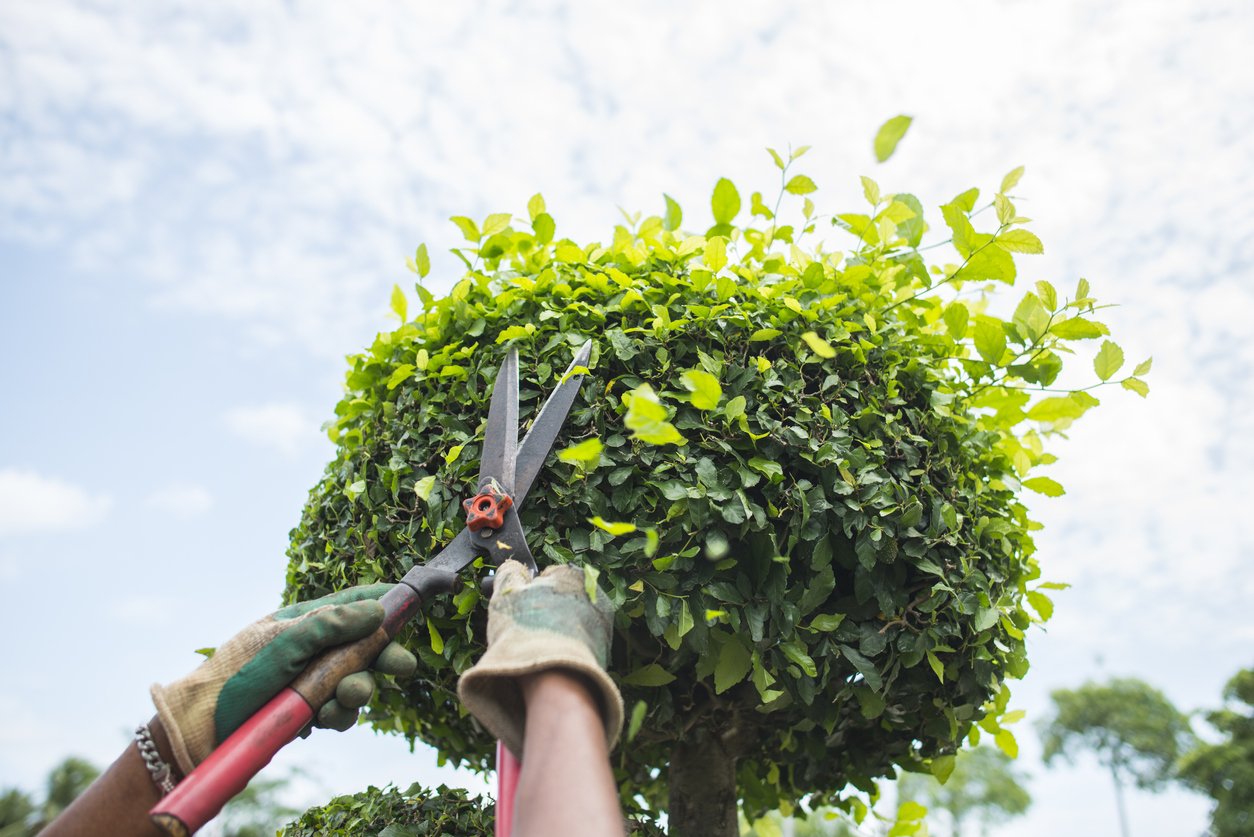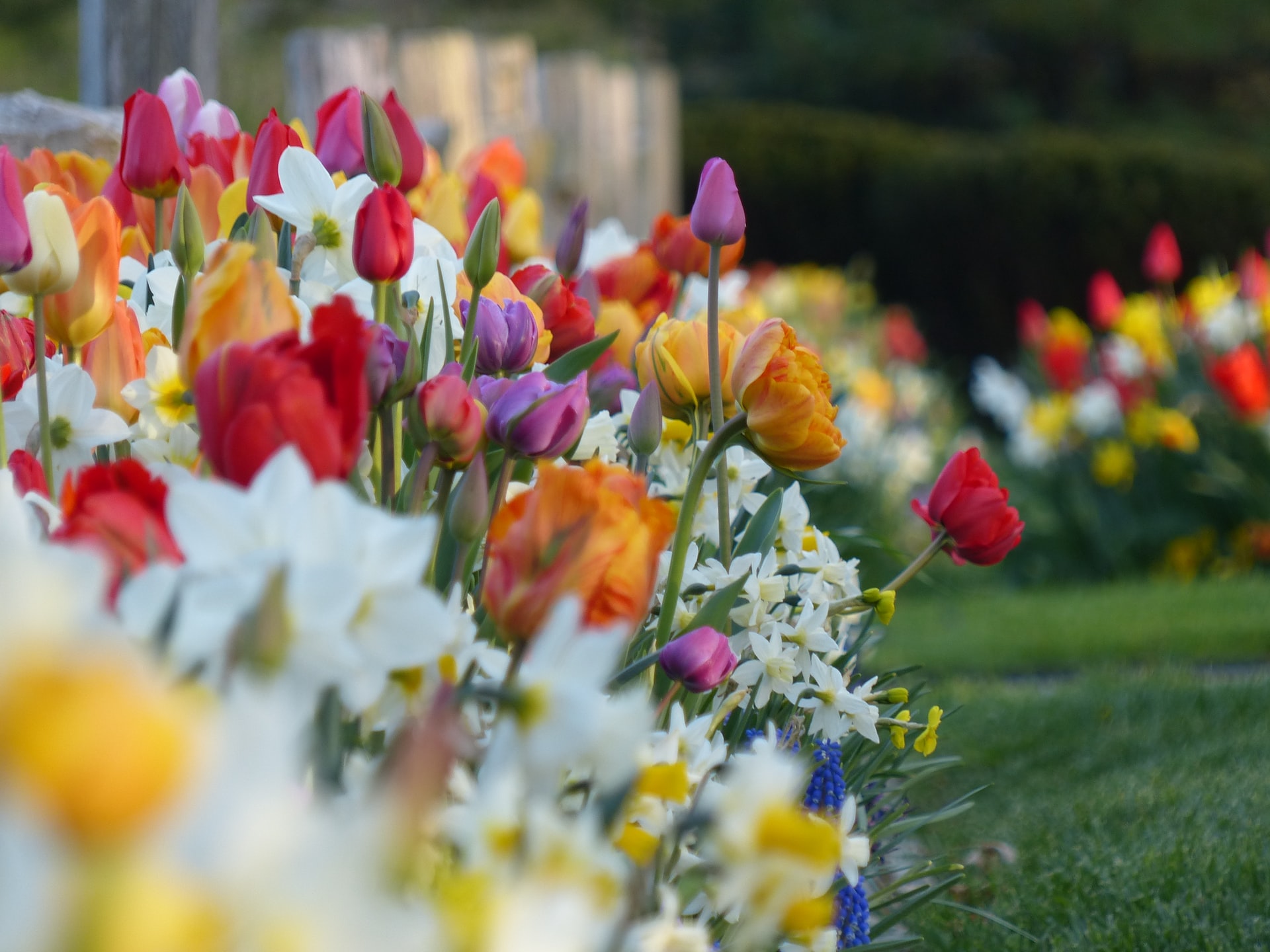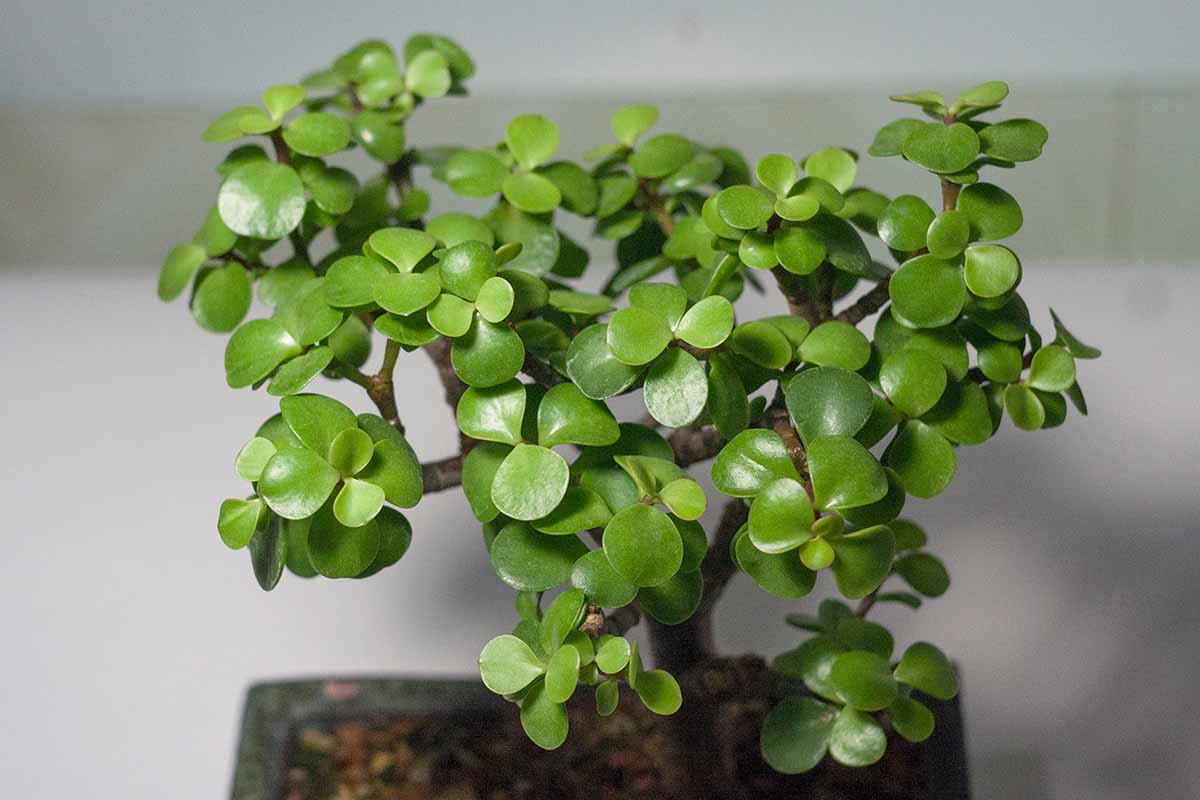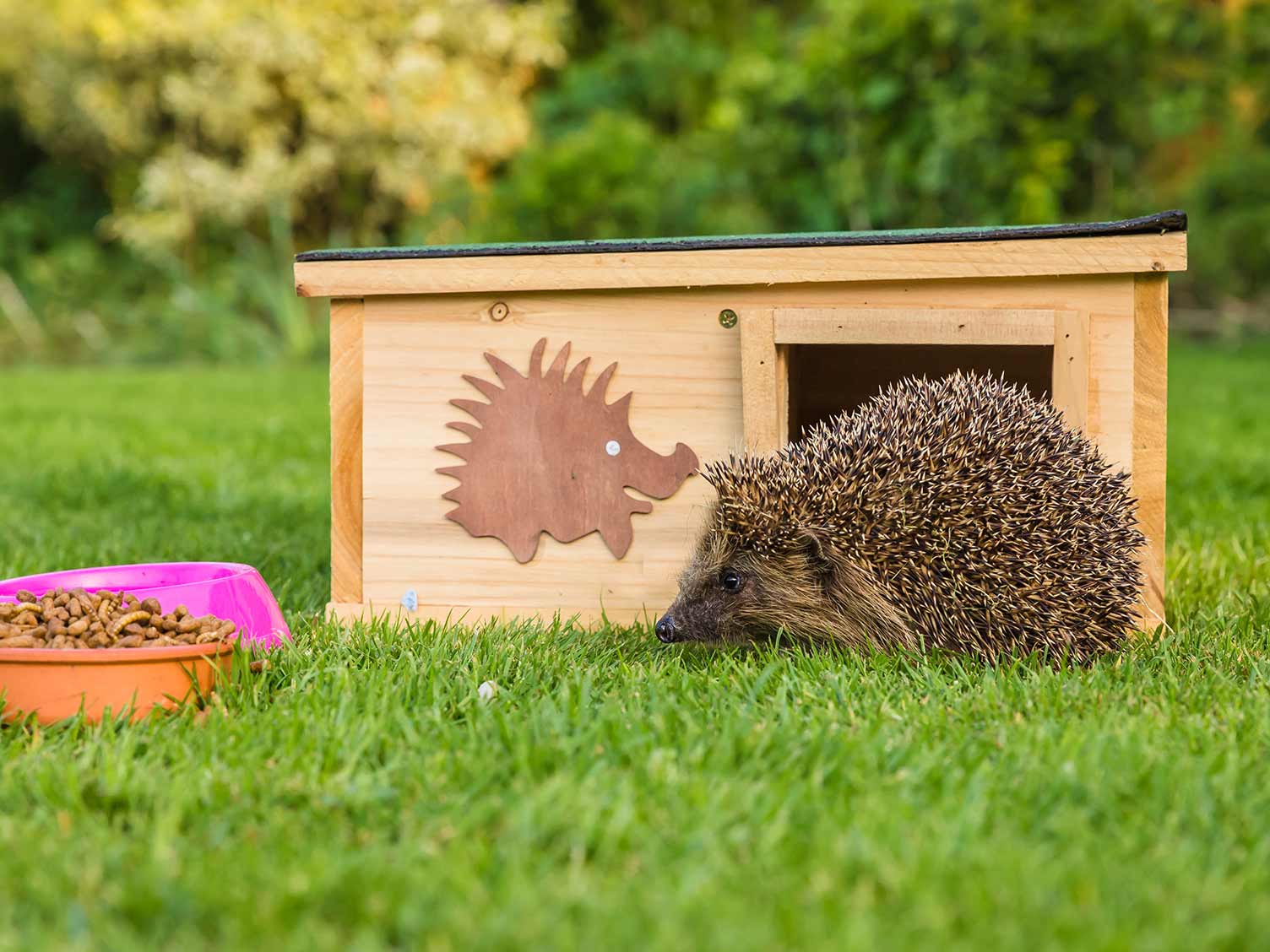Trees and bushes, like all living things, are vulnerable to a wide range of injuries. However, I must add that tree surgery has come a long way in recent years. Nonetheless, there isn’t anything revealed that prevents us from celebrating the remarkable ways to the age-old issues of sustaining plant life.
Tree Care

Pruning is a fundamental procedure in tree care. It is accomplished with several tools. For cutting small branches up to a one-half inch in diameter, hand pruning shears are adequate. For larger branches up to one inch across, lopping shears are employed. These tools have been handled from two to two and one-half feet long. If the branches are high on the trunk or far out on a high limb, the tree expert uses a pole pruner, which has the cutting parts at the end of a long, perhaps twelve-foot, pole. Pruning saws of various designs are used to cut through the larger limbs.
All branches and limbs are removed flush with the trunk or stem from which they extend. The smaller branches can be cut off smoothly in one action. Larger limbs require three cutting operations. The first sawing cut is made on the underside of the limb about a foot from the main stem. This cut goes in until the saw binds. The second cut is made a few inches beyond the first, going through until the limb falls. The original undercut stops the falling limb from stripping a piece of bark from the main stem. The stub that remains is then cut off flush and the wound trimmed, shaped and dressed. Growth of the callus depends upon the amount of food substances – manufactured in the leaves – that is carried down through the inner bark to the wound. More rapid healing results when heavy foliage occurs above the wound. Usually, tree experts at CSGS – Church Street Garden Service prune limbs so that the wounds are below substantial leaf growth.
The season for pruning varies with the climate, locality and species of tree; generally late winter or early spring, when the plants are still dormant, seems to be the most opportune time for pruning. Severe freezing temperature can injure freshly pruned trees, so pruning is best delayed until the danger of intense cold is past. On the other hand, if it is put off until after spring growth commences, the tree may be devitalized. The first growth is activated by food materials stored by the plant through the winter. When pruned early, the tree diverts its stored food reserves to the buds and young stems that remain and vigorous growth results. Once spring buds have opened and growth has started, pruning cuts off much of the food materials that have circulated into the wood and new growth that are removed.
Tree Expert And Orchardist Train Trees In A Similar Manner
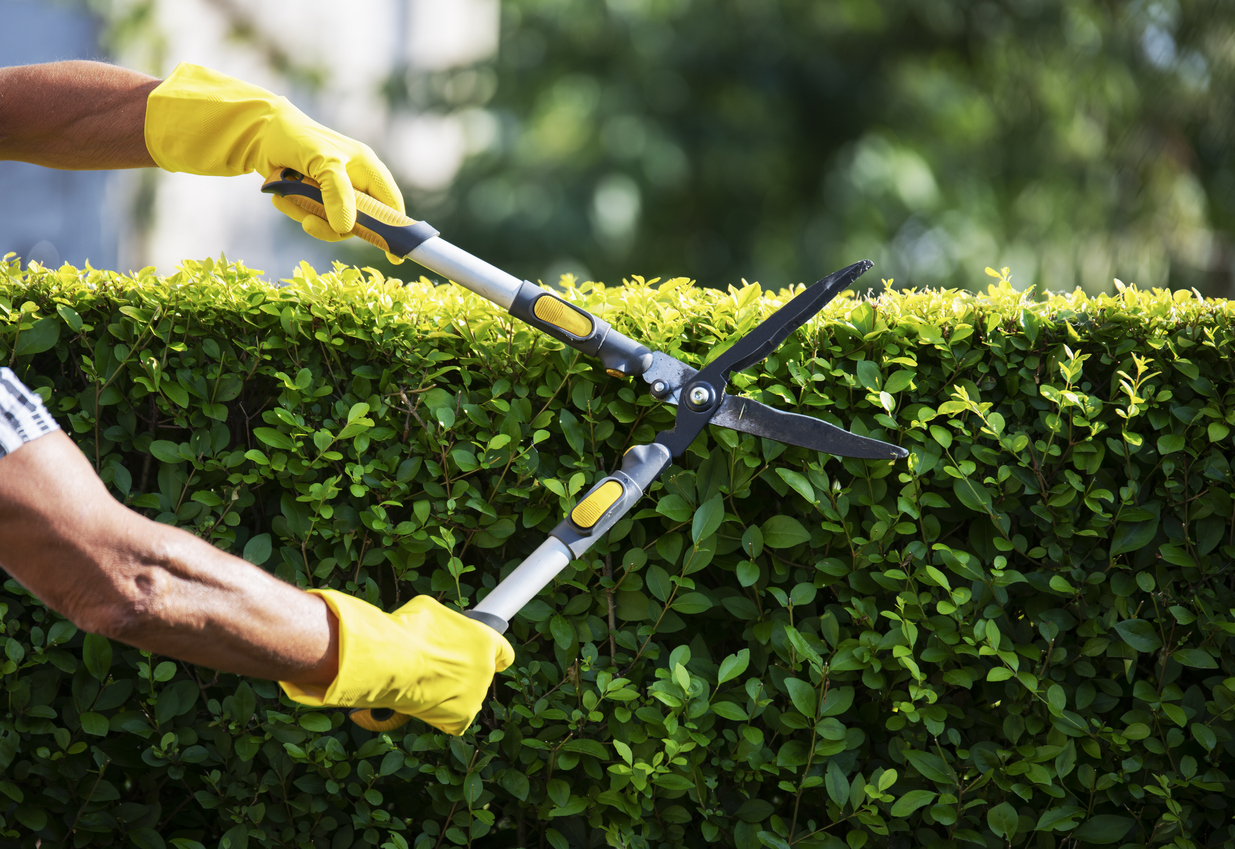
When new trees are cared for, young trees are shaped and older trees are revitalized, the tree expert and orchardist follow similar methods. A young tree that is fresh from the nursery is pruned of any damaged roots and its top growth is cut back, sometimes leaving only the central stem that eventually becomes the trunk.
Once side branches have a good start, the selection is made of those that in time form the firm framework that supports foliage, smaller branches and fruits. Probably the most important principle of selection is to get rid of any branch that eventually would lead to a weak crotch. Such a branch, if allowed to mature on the tree, would split from the trunk under the weight of a moderate amount of snow or fruit or under the stress of a heavy wind. The limbs that branch from the trunk must be smaller in diameter than the trunk itself. Furthermore, the greater the angle between the trunk and a limb issuing from it, the stronger will be the crotch. Consequently, those branches that are larger than the trunk in cross section or that form but a small angle with it are pruned away. Once these branches are removed, selection depends upon the distribution of those that remain.
If you are looking for professionals that can provide reliable tree treatment services, do not hesitate to contact CSGS – Church Street Garden Service.
